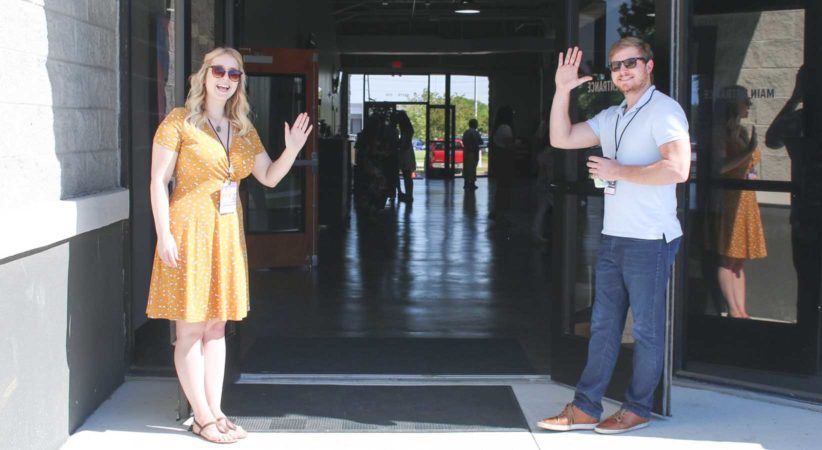
Adult Literacy Recruitment
Recruitment for adult literacy programs is a challenge. Potential learners with low literacy can be hard to reach. The global pandemic has increased the challenge by limiting some traditional recruitment methods. How do we find our audience and demonstrate how adult literacy programs will meet their needs? In order to successfully recruit learners, we must have a firm grasp on not only their motivations and needs, but also the obstacles they face.
“Adult education providers must be intentional, systematic, creative, and persistent in their recruitment approaches. They must also find attractive and compelling ways to encourage learners to take advantage of the opportunities that are offered.” – Carol Clymer
Approaches to Recruitment
In 2020, a Dutch provincial project identified three major concepts that influence successful recruitment:
- partnering and networking includes involvement of organizations at three levels: political, organizational and individual.
- program design needs to connect to what learners desire in order to motivate them to participate in a program. Class size, timing, frequency and duration of programs matter.
- communication using the model Sender-Message-Channel-Recipient (SMCR), otherwise known as the Berlo model:
- sender – make use of active, authentic ambassadors. Senders must be trained so that they are knowledgeable about the issues surrounding literacy and the program content.
- message – keep it short and simple to connect with the target audience.
- channel – connecting with people during positive moments in their lives is highly effective. Additionally, the impact of word of mouth can be increased through a welcoming culture of the literacy provider. Determine which channels are effective for recruiting your target audience.
- recipient – it’s important for the recipient to identify with the sender to establish a trusting and supporting relationship. Keep in mind that the recipient’s communication skills and attitudes towards the sender and the topic (literacy or adult education) will affect the understanding of the message.
Recruitment Channels
There are many recruitment channels to explore to find the best one for your program. Californian library literacy coordinators identified the top five recruitment channels for adult literacy learners:
- word of mouth
- community organization referrals
- information in the library / library staff
- flyers, postcards, pens, posters, banners, etc.
- information booths
Although challenging in these times, word of mouth continues to be the most effective referral method. This may require some creativity in these times of isolation. For example, perhaps learners could be filmed giving their positive experiences with the program and then shared on a platform like YouTube. Partnership and collaboration is also very effective. Reach out to community organizations that serve your audience to obtain referrals. Regardless of which tactics you use, recruitment requires a great deal of careful thought and planning aimed at your specific audience. To learn more about the latest and most effective recruitment strategies, check out the resources listed below.
Resources
- If You Build It, They Will Come: Think Again. Results of a Market Research Project on Student Recruitment in Adult Education and Literacy
- Learner Recruitment
- Learner Recruitment and Assessment
- A Recruitment Strategy for Literacy Programs
- Strategies for Recruiting and Retaining Adult Learners
- Student Recruitment: A Review of the Research
Related Blog Posts
A Perfect Match
Project Literacy Central Okanagan Society highlights the hard work of tutor Jean Lee and celebrates the successes of Kevin, a dedicated learner.
Poetry: Resources for Listening, Reading and Writing
April is National Poetry Month! This year’s theme is Weather. Find resources for teaching poetry.
New Streaming Videos from the Library
A Decoda Literacy Library volunteer has successfully converted two DVDs to improve accessibility.
